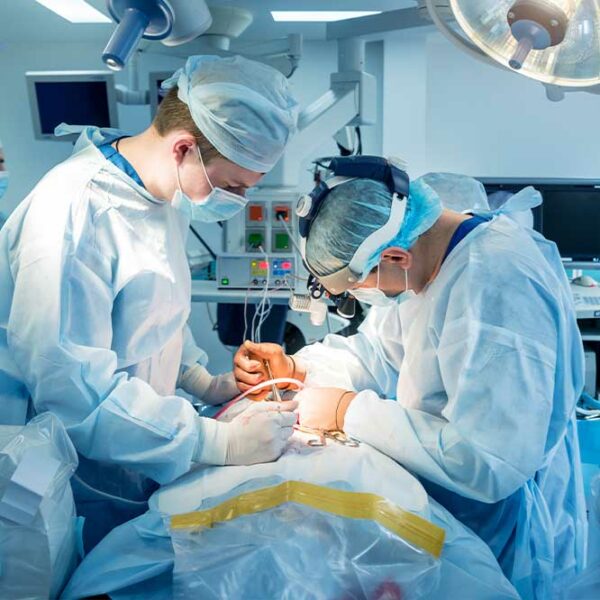
Lumbar Fusion Surgery
Lumbar fusion is a surgical procedure that aims to stabilize the spine by joining two or more vertebrae in the lower back (lumbar region). This procedure is commonly performed to address conditions such as degenerative disc disease, spondylolisthesis, spinal fractures, and spinal instability. By fusing the affected vertebrae, lumbar fusion surgery helps alleviate pain, restore spinal stability, and enhance overall functionality.
Lumbar Fusion Surgery Recovery
The recovery phase after lumbar fusion surgery is critical for successful healing and rehabilitation. Here’s a concise guide to help you understand what to expect during your recovery:
Immediate Post-Surgery: After the surgery, you will spend a few days in the hospital for monitoring and initial recovery. Our team will ensure effective pain management tailored to your needs, making you as comfortable as possible.
Activity and Mobility: Following the surgeon’s guidance, you’ll be advised on limited activities to protect the surgical site. Assistive devices may be recommended to aid mobility, ensuring a gradual and safe transition to movement.
Wound Care: You’ll need to monitor the incision site carefully, checking for any signs of infection or unexpected changes. Adhering to provided wound care instructions is crucial for the proper healing of the surgical area.
Medications: Prescribed medications, including pain relievers, will be provided to manage post-surgical discomfort.
Physical Therapy: Physical therapy will be introduced to your recovery plan, focusing on personalized exercises to enhance strength, flexibility, and overall spinal health. Regular sessions will guide you through a progressive rehabilitation process.
Follow-Up Appointments: Scheduled follow-up appointments are essential to assess your progress and address any concerns you may have. X-rays or other imaging studies may be ordered to monitor the fusion site and ensure proper spinal alignment.
Gradual Resumption of Activities: As you progress, you’ll gradually reintroduce normal activities in accordance with your surgeon’s guidance. Discussions about returning to work and driving will be based on your individual recovery milestones.
Potential Complications: It’s important to be aware of potential complications, such as increased pain, changes in sensation, or signs of infection.
Remember, each patient’s recovery experience is unique, and adherence to your healthcare provider’s guidance is essential.


